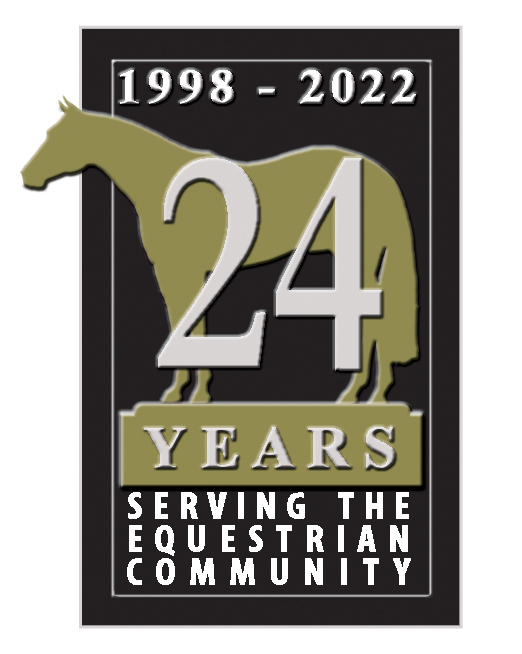
THE CATTLE BATTLE: BOVINE RESPIRATORY DISEASE
September 21, 2022
The Cattle Battle and one of the greatest issues cattle owners face is Bovine Respiratory Disease (BRD), a complex condition that can affect cattle of any age and breed.
“Every year, the United States is estimated to lose approximately $1 billion due to treatment costs and production loss attributed to BRD,” Scott said. “Additionally, we can expect that nearly 20% of all cattle raised for beef production will require clinical treatment for BRD at some point in their lives.”
BRD is considered a multifactorial disease complex because several factors play a significant role in its development, including genetic susceptibility, suppression of the immune system, stress, co-mingling with sick cattle, sudden weather/climate shifts, and exposure to bacterial, viral, and/or parasitic pathogens.
Leading Cause of Death
In North America, BRD is the leading cause of illness and death in cattle production systems, according to Dr. Matthew Scott, an assistant professor of microbial ecology & infectious disease at the Texas A&M College of Veterinary Medicine & Biomedical Sciences’ Veterinary Education, Research, & Outreach campus in Canyon, Texas.
“We, in the industry, understand risk factors that lead to increased rates of BRD. But we do not fully understand how these factors develop into BRD in each individual animal,” Scott said. “Because of the communicable nature of BRD, both small and large herds are at risk of BRD development and outbreaks.”
Another challenge associated with BRD is that as a prey species, cattle naturally try to hide signs of illness, making it difficult to detect the disease before it causes serious symptoms. That’s why it’s such a cattle battle.
Earliest Signs
“One of the earliest signs of disease, particularly BRD, is that cattle will tend to lag behind or isolate themselves from the rest of the group,” Scott said. “Other clinical signs can include fever greater than 104 F, discharge from the nose and eyes, coughing, a tilted head/ear position, and signs of depression, such as decreased appetite, slow body movement, and an unwillingness to stand.”
When treating BRD, veterinarians focus on both the health of the individual animal and the herd as a whole.
“Veterinarians working with cattle examine and treat diseases, including BRD, in individual cattle, but always with the herd in mind,” Scott said. “Because of the difficulty in diagnosing or predicting BRD prior to clinical signs, historical clinical information and disease rates within herds play an important role in making the decisions in treating and managing BRD.”
Precautions
Although there are many unknowns with BRD, there are also several known precautions cattle owners can take to reduce the risk of their animals becoming sick. The first of these precautions can start as soon as new calves are born.
“At birth, calves are dependent on colostrum (the first milk produced by a cow) to receive passive immunity for many different diseases,” Scott said. “Calves should receive an adequate amount of colostrum, typically 10% of its body weight, within the first few hours of life.”
As calves grow, their immunity can be boosted further with vaccines, de-wormers, and adequate nutrition.
For cattle of all ages, reducing stress is one of the best ways to lower the risk of BRD. This can include proper ventilation, minimal pen movements, low-stress handling techniques, clean bedding, and free access to feed and water.
The Cattle Battle
“Historically, BRD was often referred to as ‘shipping fever,’ as cattle transported from cow-calf operations to feeding operations were at an increased risk of developing BRD,” Scott said.
By making efforts to boost cattle health prior to the move and allowing several days of rest upon arrival, owners can reduce the risk of BRD developing during the shipping process.
Because of challenges associated with BRD, many scientists and veterinarians, including Scott, are studying the disease in an effort to find better ways to detect, treat, and prevent the disease.
“While no one approach or drug will solve all BRD cases, advancements in disease prediction models and diagnostics could get us ahead of the disease process, possibly before cattle ever show signs of disease,” Scott said. “Veterinary involvement and research related to these advancements could allow us to significantly reduce the negative impacts associated with BRD.” 🎠
Pet Talk is a service of the College of Veterinary Medicine & Biomedical Sciences, Texas A&M University. Stories can be viewed at vetmed.tamu.edu/news/pet-talk. Direct suggestions for future topics to [email protected].



